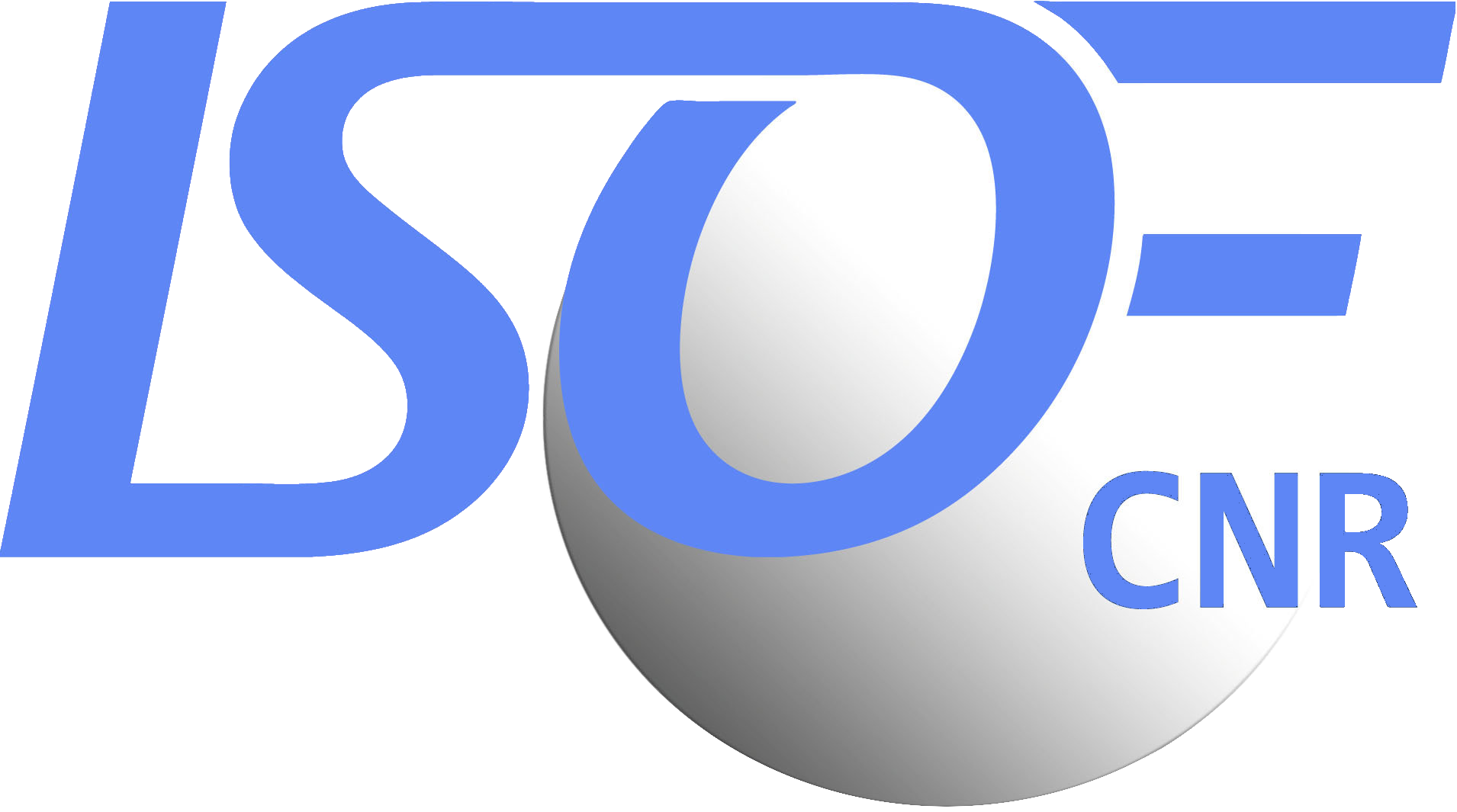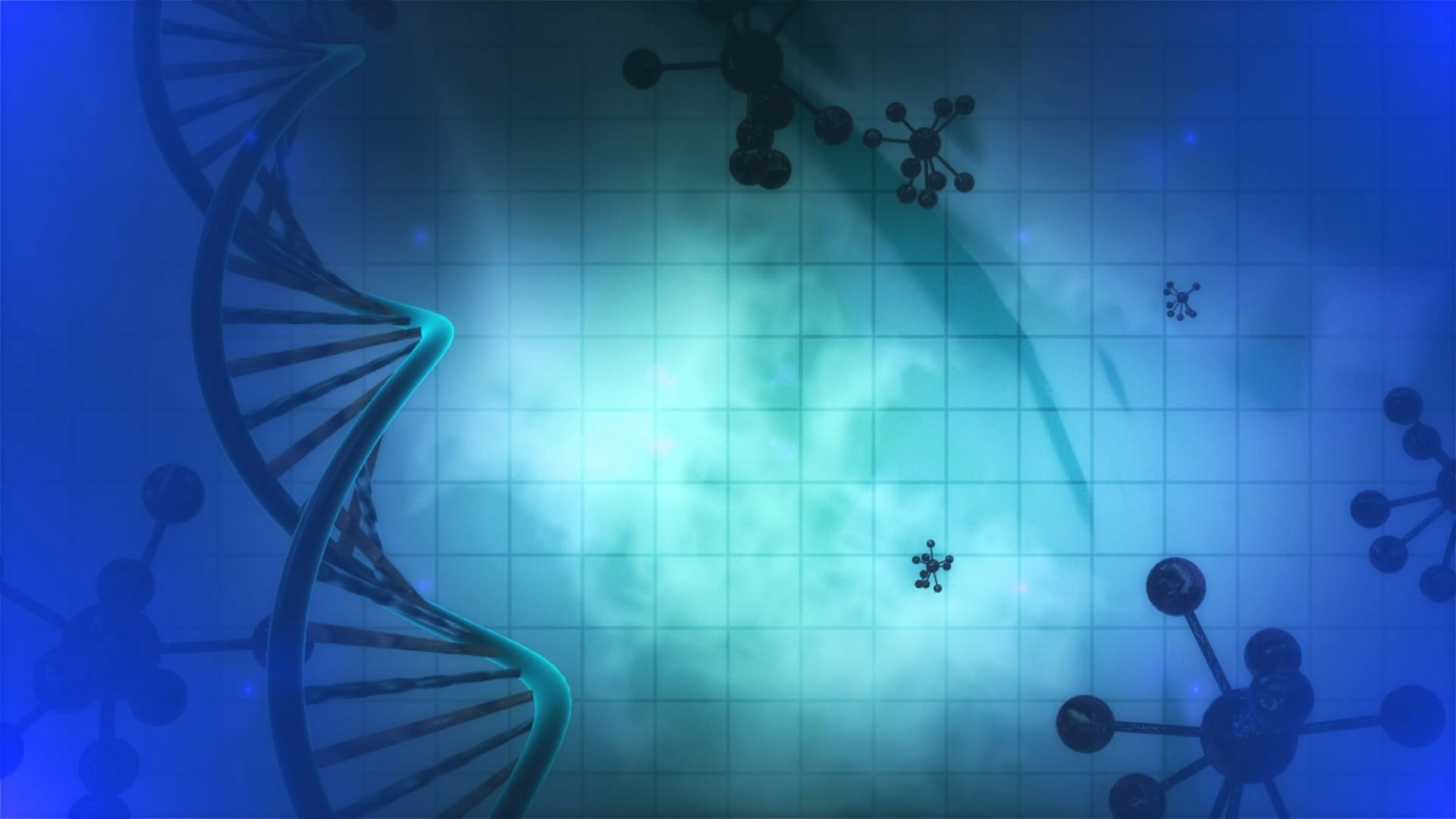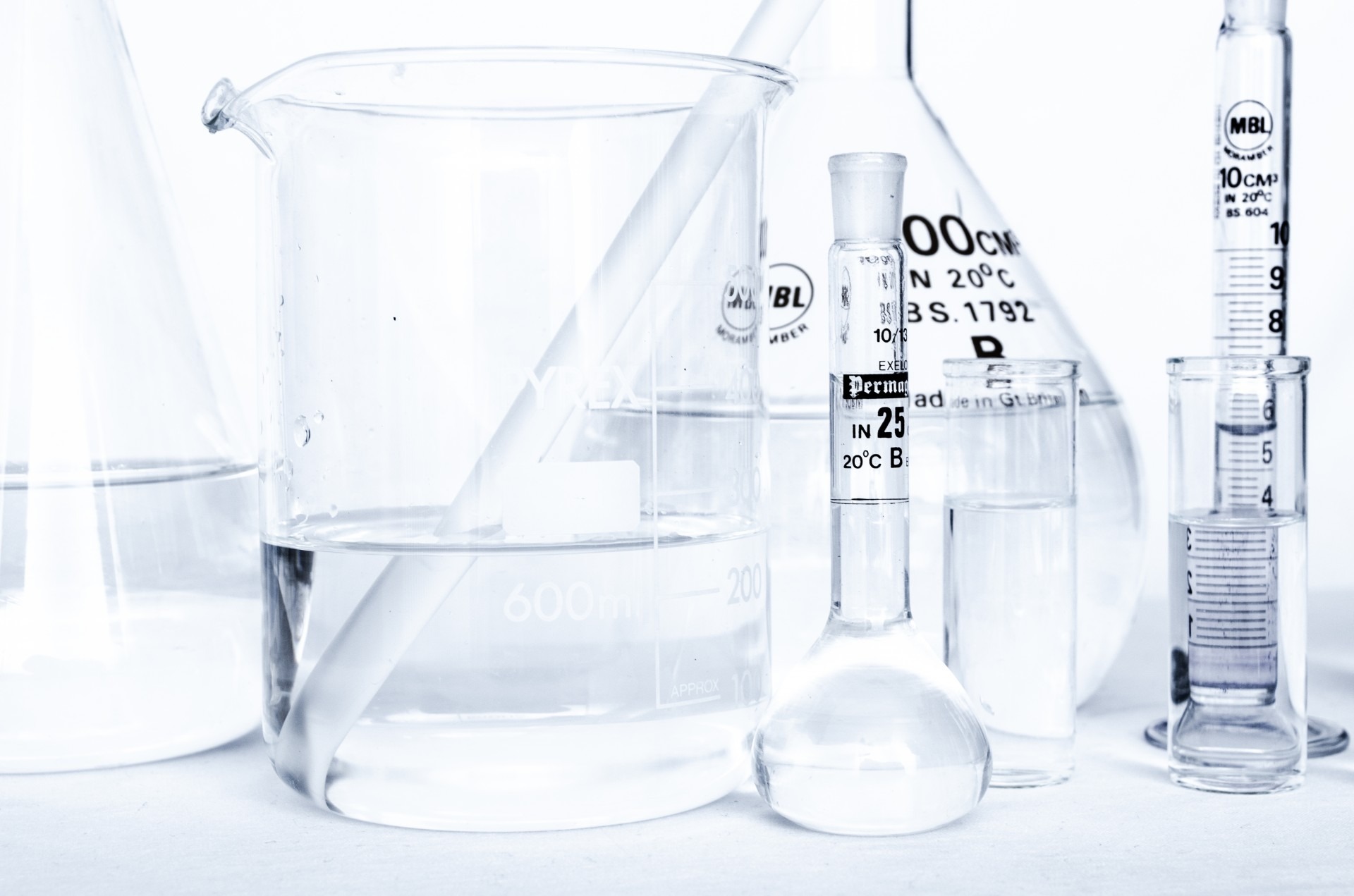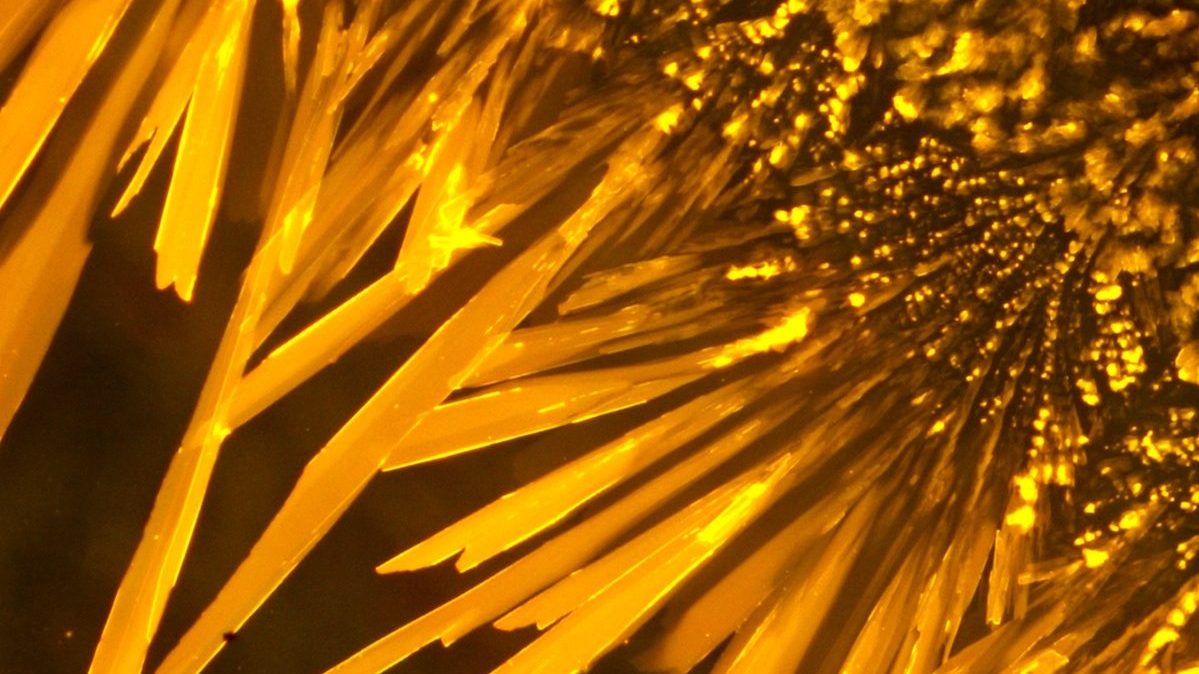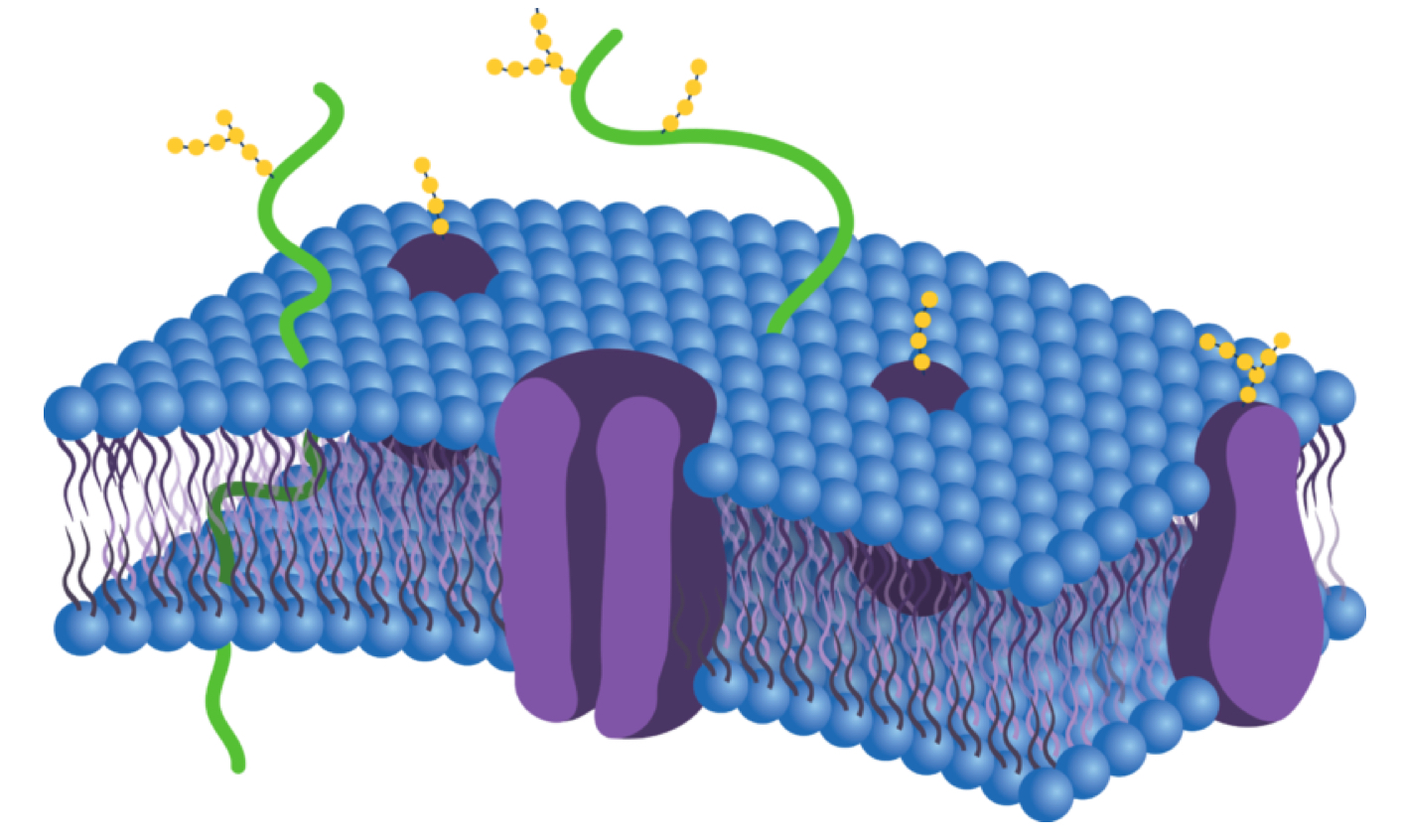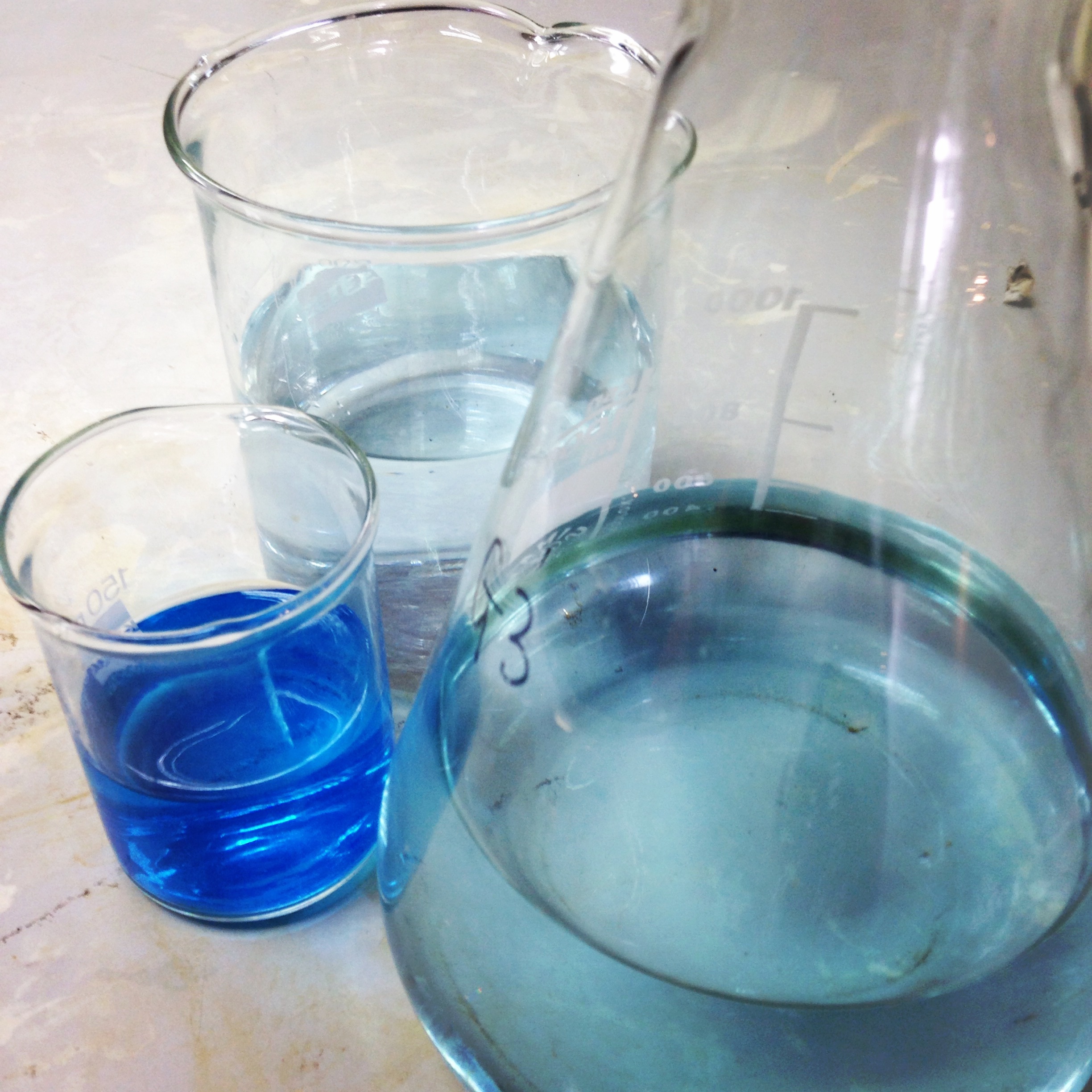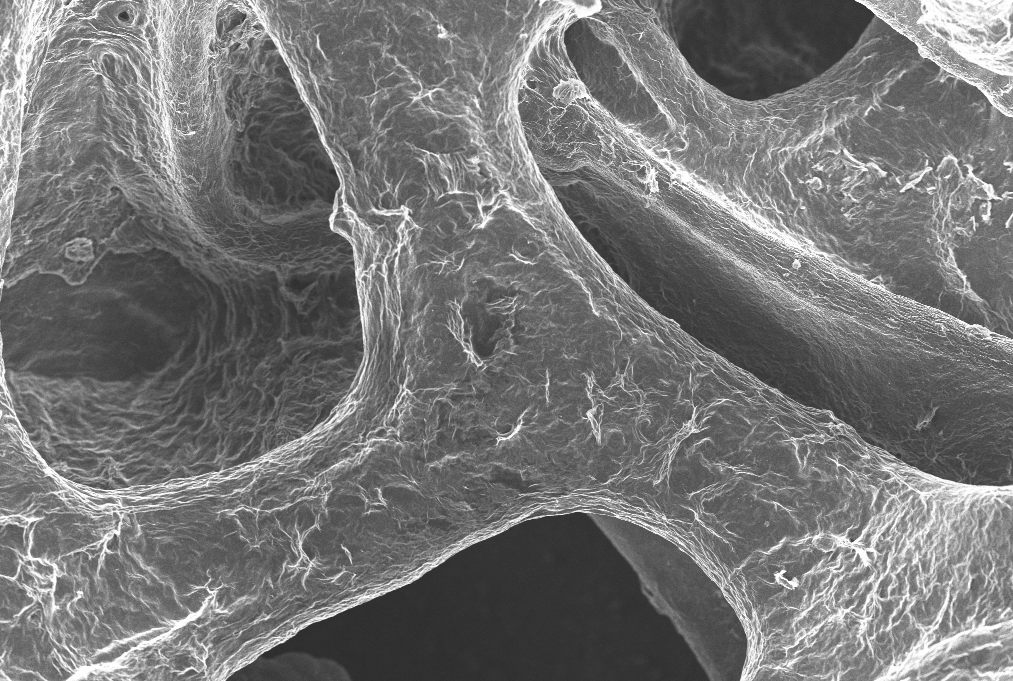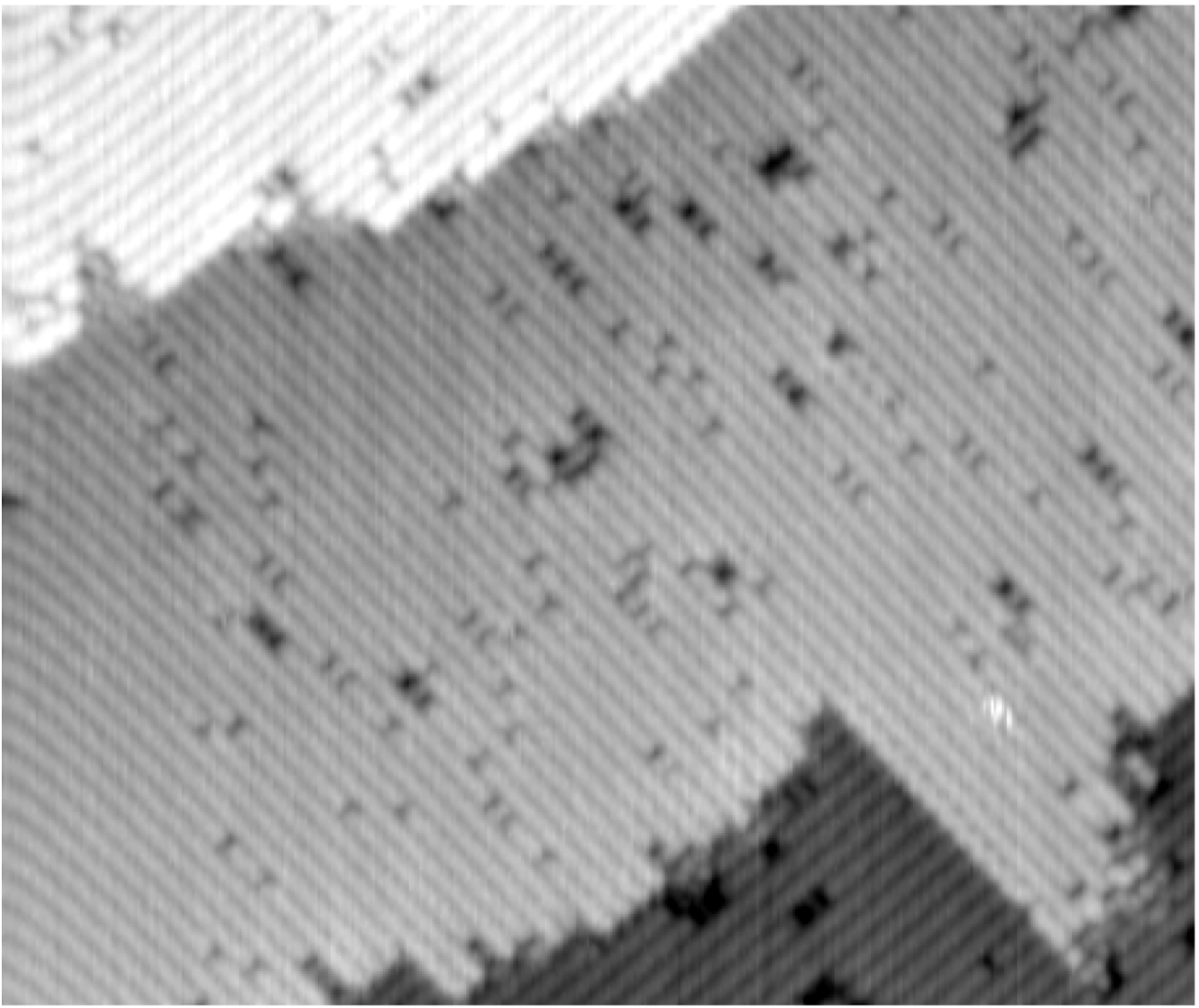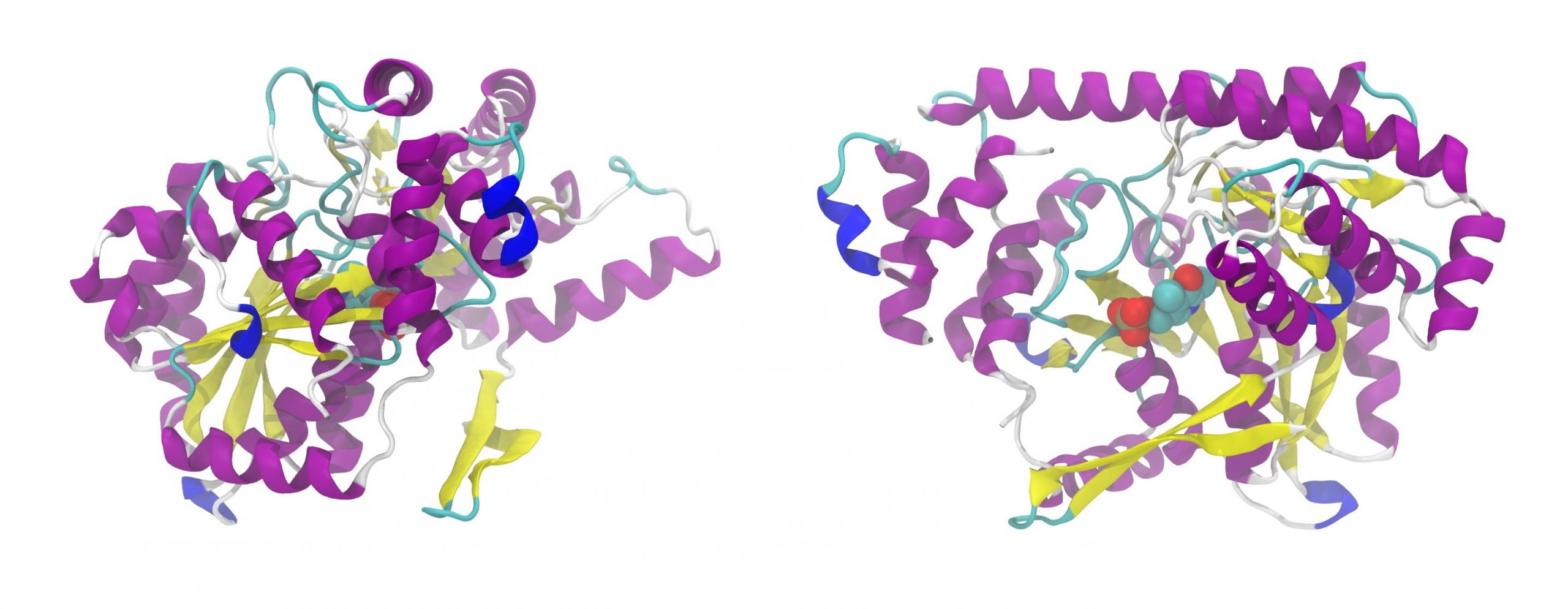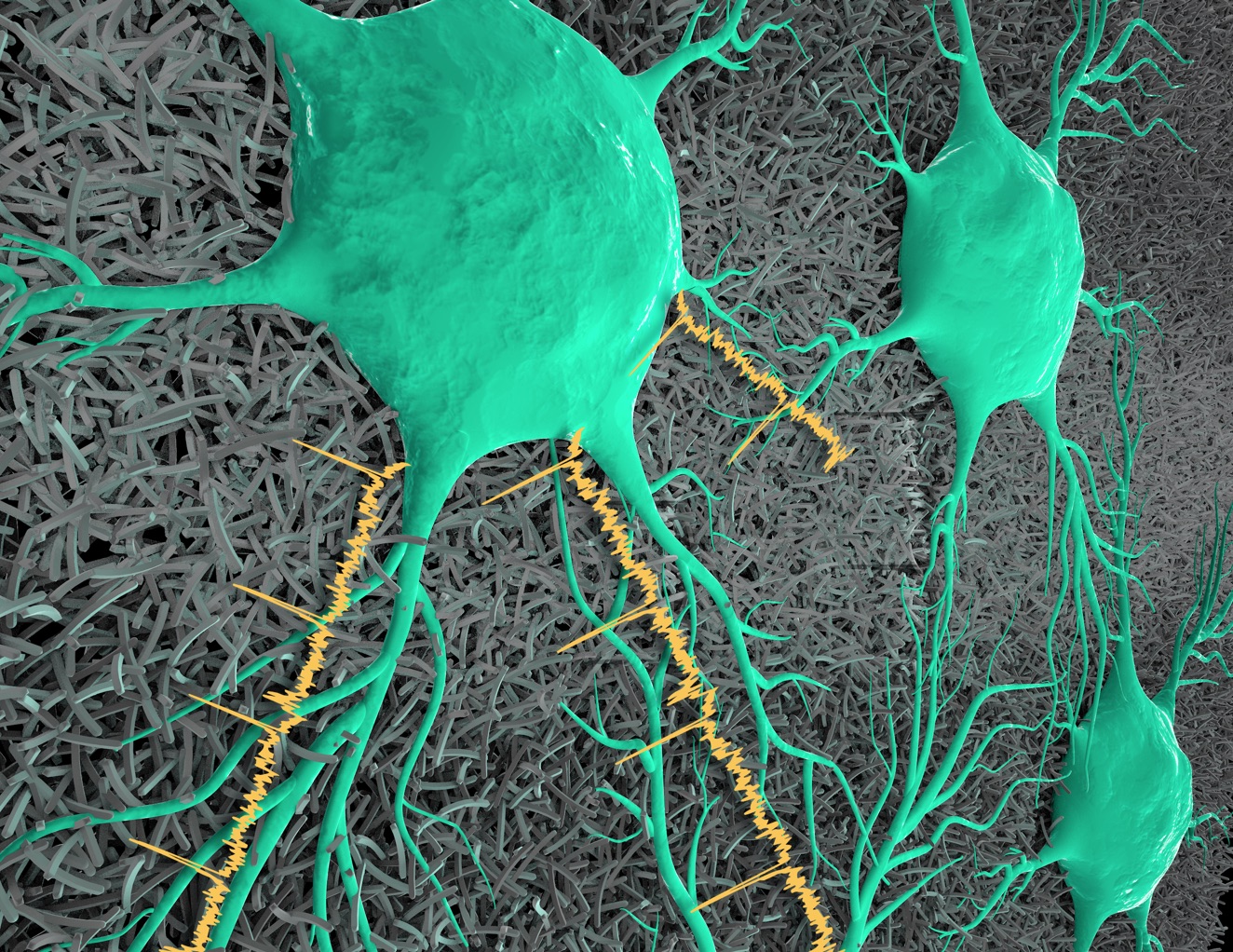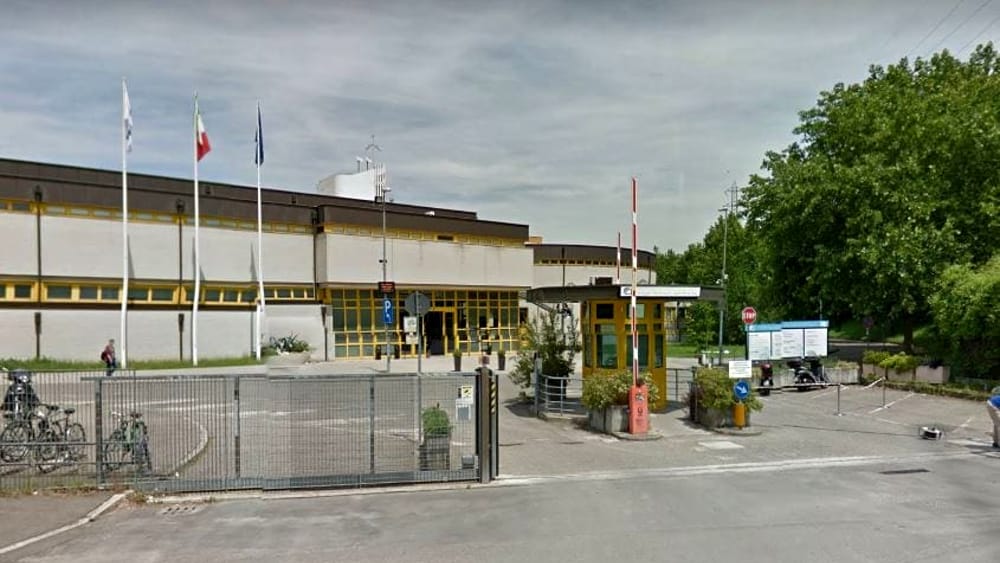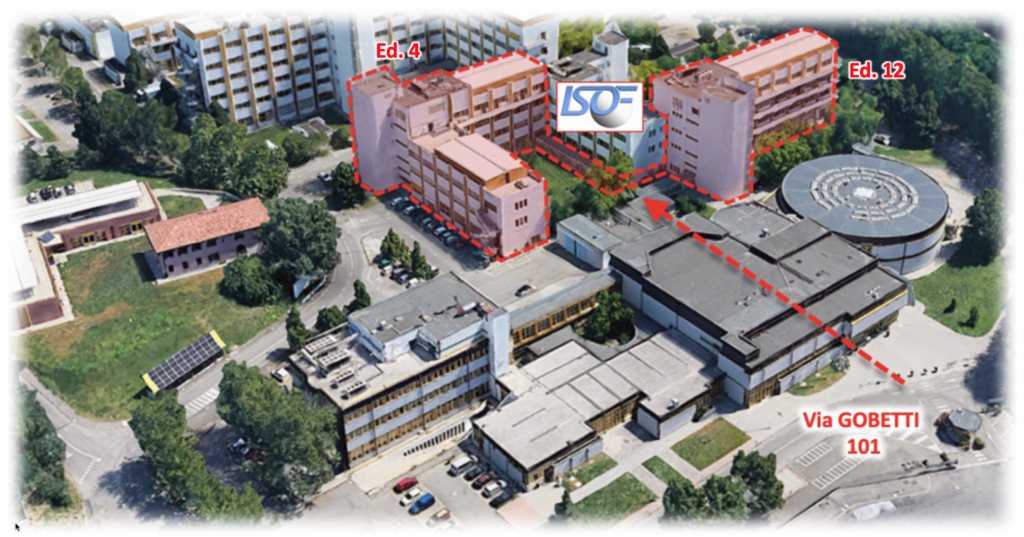ISOF researchers are actively committed to discover new molecules and materials, develop new technological applications, disseminate their results in scientific publications and international conferences, organize events for the broader public, publish books.
-
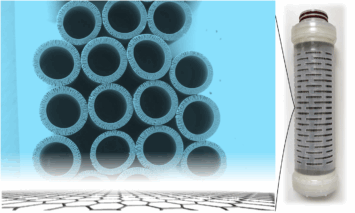
Academia-Industry Partnership Delivers Breakthrough Water Purification Technology
A successful collaboration between ISOF researchers and industry highlighted by Nature Water journal
-
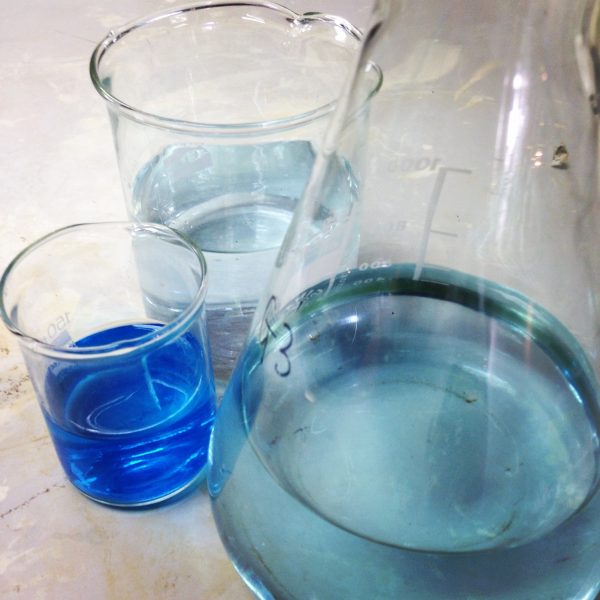
PUBLIC COMPETITION FOR EMPLOYMENT UNDER A FULL-TIME, INDEFINITE-TERM CONTRACT- FOR TECHNICAL COLLABORATOR
CALL FOR ENTRIES N. 367.476 CTER ISOF APPLICATION DEADLINE: MAY 8th 2025 A public competition is now open for the recruitment of a full-time, open-ended …
-
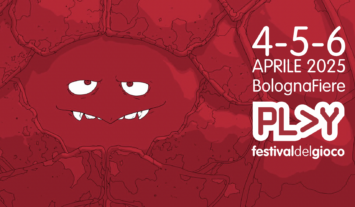
PLAY 2025: Fun and Experiments for Everyone!
ISOF researchers present scientific games at the most important game fair of Italy.
-

Scientific Agreement between IMM-ISOF CNR and Johns Hopkins University
Yesterday, 18th March 2025 the Scientific Cooperation Agreement between CNR and the Department of Mechanical Engineering at Johns Hopkins University (JHU Baltimore, USA)-Prof. Ishan Barman, …
-
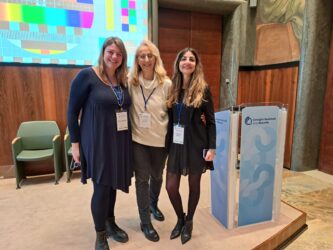
Science Communication and Healthy Diet for Children: LO-Veg Project Event in Rome
Today, Friday, January 24th, 2025, the Marconi Hall at the CNR in Rome hosted an important training event in collaboration with the National Union of …
-
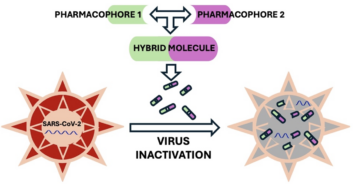
Molecules team together to fight COVID virus
ISOF researchers present the state-of-the-art on molecular hybridization to fight SARS-CoV-2 infection.
-
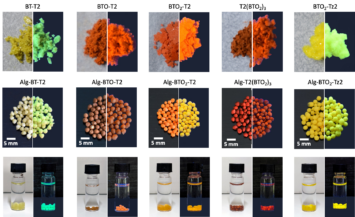
Innovative Alginate–Oligothiophene Aerogels for Water Purification
We are thrilled to share our latest research: “Alginate–Oligothiophene Aerogels as Photocatalysts for the Degradation of Emerging Organic Contaminants in Water”. This study represents a …
-

The Department of Chemical Sciences and Material Technologies at the G7: Combating the Use of Weapons of Mass Destruction
The Global Partnership against the Spread of Weapons and Materials of Mass Destruction (GP) is an international initiative aimed at countering the proliferation of weapons …
-

Artificial intelligence for sweat sensors
Nano-materials and machine learning team up in new bio-sensors.
-
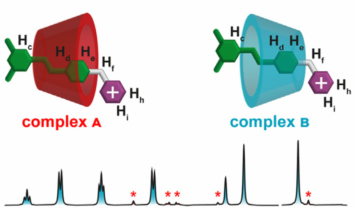
Light enables an “impossible” molecular fit
University of Bologna and CNR succeed in assembling molecules in a way impossible at thermodynamic equilibrium.
-
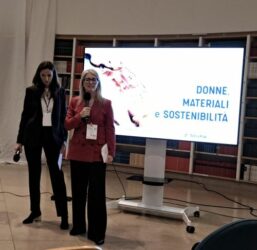
Women, Materials, and Sustainability
On Friday, November 29th, the CNR Research Area in Bologna hosted the event “Women, Materials, and Sustainability”, sponsored by the “Women and Science” association and …
-
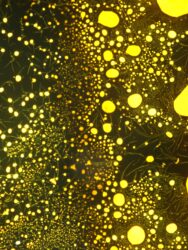
Research fellowship on Development and characterization of supramolecular and nanostructured systems – “LIGHT-INDUCED PROCESSES” (LIP)
Call for application n° ISOF_305_2024_BO Application Deadline: December 16th, 2024 We are currently seeking a freshly graduate Research Fellow to join our research group, under the …
